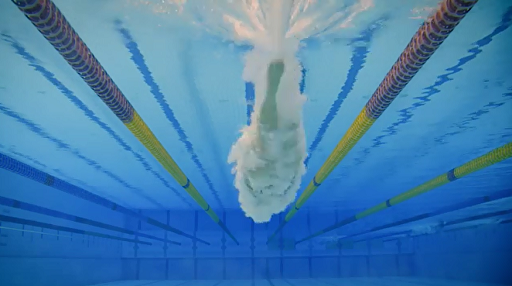1 Building resilience: getting it right
Before you consider how we might develop resilience, both in ourselves and in others, it is important to have an understanding of the features of a specific sport environment. While a focus on developing an individual’s ability to withstand pressure might seem a logical step when working with athletes, it is important to create environments in which people can thrive both as a person and a performer (Sarkar, 2018).
Indeed, if an athlete found themselves in a toxic organisational culture or a power imbalance in the coach-athlete relationship, we would not want to focus on building resilience in the athlete to enable them to ‘cope’. Instead we would need to consider the wider issues. In Activity 1 you will read another reading from Howells (2022) and apply the content to a case study organisation to help you further understand how best to prepare for building resilience.
Activity 1 Preparing to build resilience
First, read the reading at the link below, which is a section of a chapter called ‘Developing resilience on the athlete’s journey’ (Howells, 2022).
Reading: Building resilience [Tip: hold Ctrl and click a link to open it in a new tab. (Hide tip)]
Next, watch the video ‘Athlete wellbeing and engagement’ from the Australian Institute of Sport (AIS).

Transcript: Athlete wellbeing and engagement
Finally, consider the second question posed by Howells (2022, p. 205): What is the motivation for building resilience? Do you feel that the AIS address the issues raised that would enable them to embark on a programme to develop resilience?
Discussion
Howells (2022) highlights three issues that should be addressed before embarking on an approach to building resilience.
- Fletcher and Sarkar (2016) argue that any programme to build resilience should be part of a wider holistic programme to support the development of well-adjusted performers. You might have identified that the AIS strongly promote such an approach with reference made to the five aspects of athlete wellbeing and engagement, including mental health and personal development.
- There should be considerations of the reasons for proposing an intervention to build resilience. For the AIS, it could be argued that the purpose of introducing an intervention to develop resilience could be both to enhance performance (personal development) and to protect the athlete from potential negative impact of stressors (mental health).
- A decision to introduce a resilience programme should be made while being mindful of the dynamics of an organisation, such as how open it might be to sport psychology. You might have considered that with the AIS promoting a holistic development programme, that the AIS would be ‘open’ to sport psychology support.
It is important to note that the term ‘thrive’ was referred to by one of the athletes in the video. To make the distinction between the two terms, Brown, Sarkar and Howells (2020) posit that resilience does not lead to thriving but can result in its maintenance. Furthermore, the authors offer that if an athlete is thriving (i.e., fully functioning) they are better able to demonstrate resilience if they experience stressors.
In this section you have started to consider the environmental conditions that would best facilitate the development of resilience. As touched on in Session 1, the environment itself can create a number of stressors for the athlete, coach and team, so getting this element ‘right’ is crucial and is the focus of the next section.
